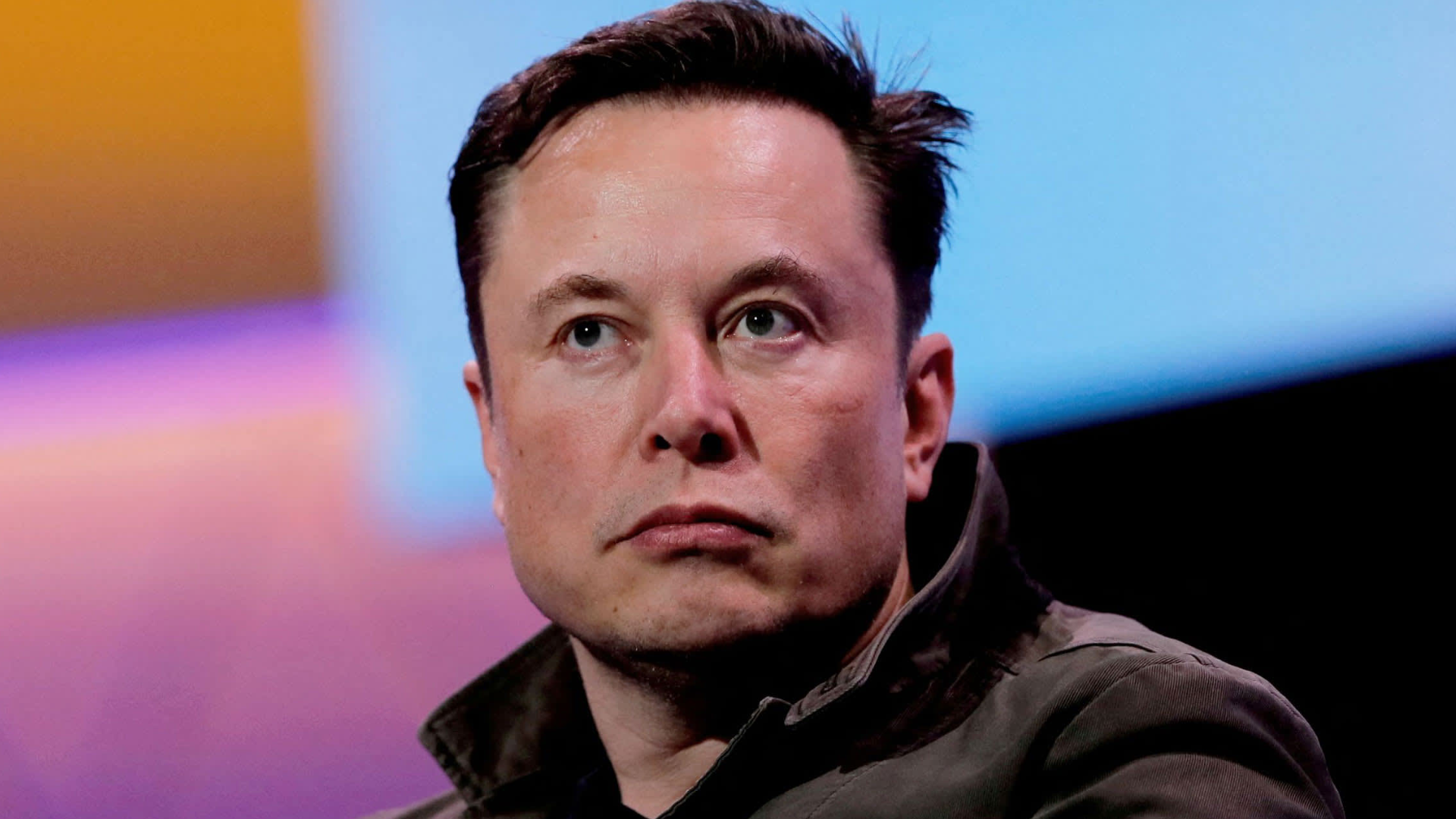Zambia, despite its abundant water resources from the Zambezi River and the massive Kariba Dam, is currently enduring the worst electricity blackouts in recent history. Many areas experience power outages lasting up to three consecutive days, with residents feeling fortunate if they can access electricity for just a few hours.
Drought Impacting Power Generation
The electricity crisis is largely attributed to one of the most severe droughts in decades, exacerbated by the El Niño weather phenomenon. With approximately 84% of its electricity sourced from hydropower, the drought has significantly reduced Zambia’s power generation capacity. As a result, many Zambians have found creative ways to cope; bars and restaurants now often serve as charging stations for phones, while a burgeoning business has emerged for those offering charging services.
Energy Dependency and Recent Developments
Zambia’s reliance on the Kariba Dam is critical, yet the drought has rendered only one of the six turbines operational at the Kariba North Bank Power Station, generating a mere 7% of its potential output. In a recent update, Energy Minister Makozo Chikote announced that the Maamba Energy coal-fired power plant is now fully operational, which should provide Zambians with at least three hours of electricity daily.
President Hakainde Hichilema declared the drought a national disaster earlier this year, yet the government struggles to alleviate the energy crisis due to financial constraints that hinder power imports from neighboring countries.
Struggling Businesses and Households
The impacts of the crisis are felt throughout the economy. Businesses are reducing operating hours, and bakeries face challenges in maintaining production due to the high costs of running generators. Reports indicate that some individuals now turn to portable gas stoves for cooking, though shops are running low on gas due to the increased demand.
“I think we stopped receiving the rains as early as February. If we compare the history of this basin, this is the lowest we have received,” said engineer Cephas Museba, highlighting the alarming state of the water levels.
Health and Sanitation Concerns
The energy crisis has also raised significant health and sanitation issues. Dialysis patients struggle to receive adequate treatment due to unreliable electricity supply, and schools are advising students to bring water to mitigate potential sanitation crises. The risk of waterborne diseases like cholera looms large, especially given the current context of limited water access due to power shortages impacting borehole operations.
Frustration Over Government Response
Widespread frustration is evident among Zambians, who feel that the ongoing blackouts underscore the failures of successive governments to adequately prepare for such crises. The government has encouraged a shift towards solar energy and eliminated import taxes on solar equipment to facilitate access. However, many families report that solar solutions are insufficient, especially during periods of low sunlight.
In light of these challenges, the government is exploring various energy sources to diversify its portfolio. Plans to build a second coal-fired power plant have been approved, although concerns about environmental impacts persist.
Looking Ahead
As Zambia grapples with this energy crisis, the government has pledged to invest in additional energy sources and infrastructure to prevent future occurrences. However, balancing economic needs with environmental considerations remains a pressing challenge. The situation in Zambia highlights the complex interplay between natural resources, climate change, and energy policy, calling for comprehensive strategies to secure a more stable future.
(INCLUDES INPUTS FROM ONLINE SOURCES)
ALSO READ: Masato Kanda: The Man Behind Japan’s Currency Intervention


















